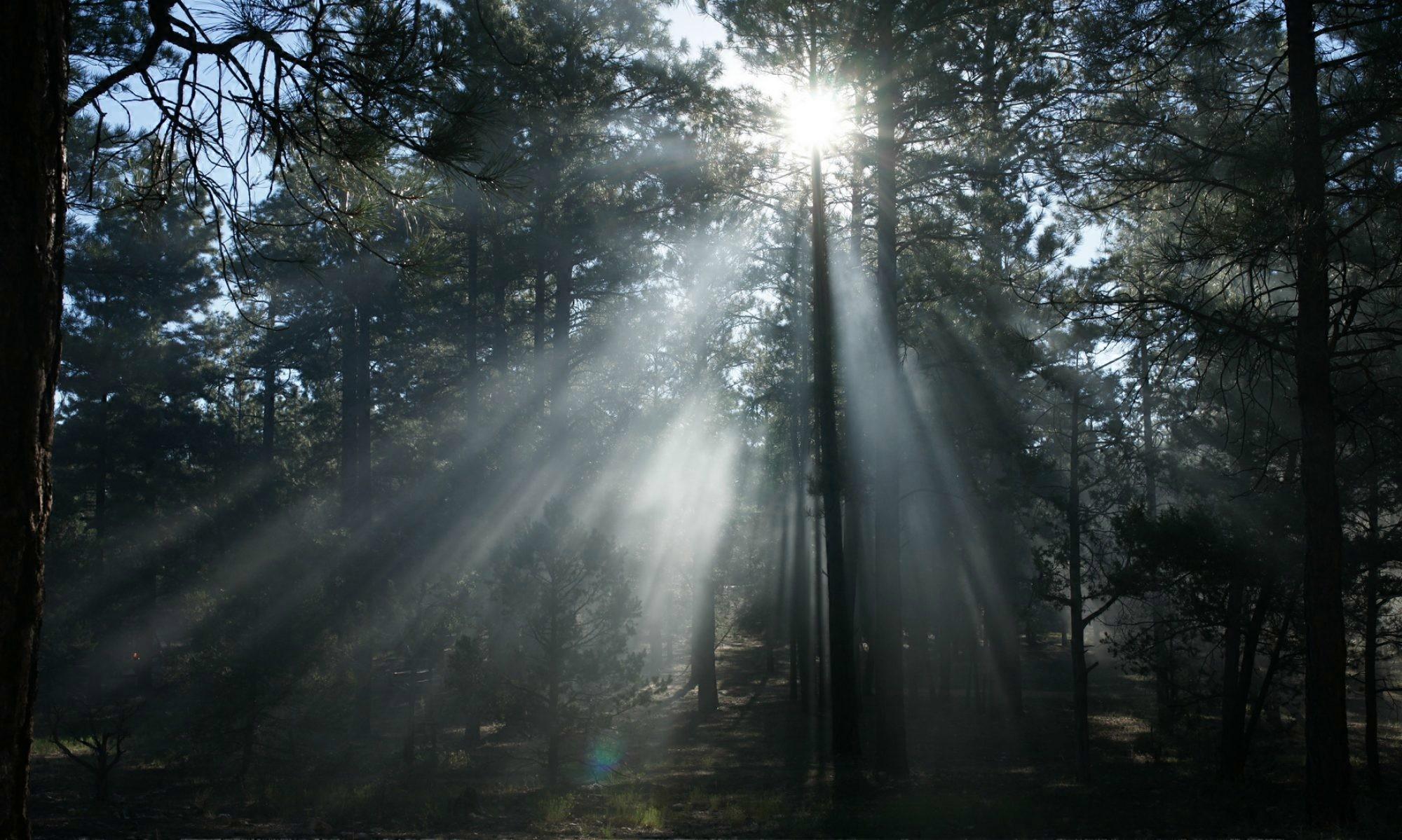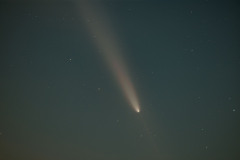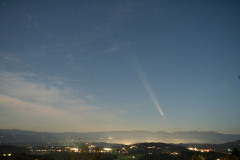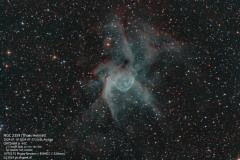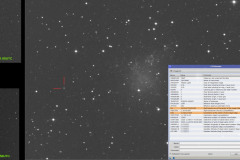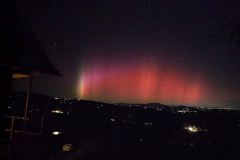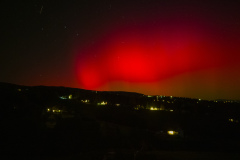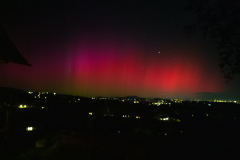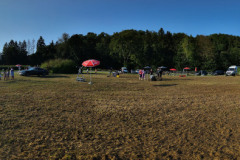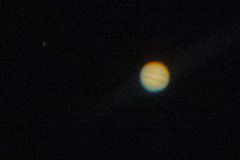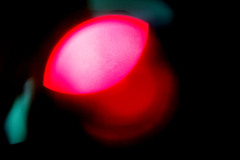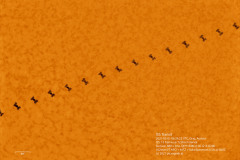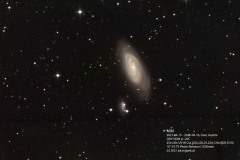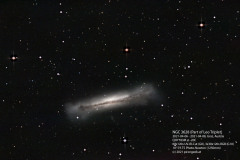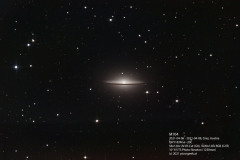Finally, the long awaited comet C2023/A3 Tsuchinschan-ATLAS reappeared after its passage close to the sun. With a well timed window between clouds, I could observe and image the comet. From all the announcements, I expected the comet to be brighter. But still, it is a naked eye comet to enjoy with a pretty long tail.
Thors Helmet (NGC 2359) second attempt
Back in 2021 I imaged and processed NGC 2359. The interesting features of this Wolf-Rayet nebula were quite nice, but the weaker parts were invisible: NGC 2359 – Thor’s Helmet in narrow band during Full-Moon
So i started a new imaging run with higher magnification (1320mm instead of 564mm) and more sensitive camera. The resulting image of almost 13 hours data shows a lot more of the surrounding and weak features, even though, the same imaging location was used. The same Bortle 6-7 location was used, observing low above the light cone of the city.
Image data:
Date: 2024-01-10 – 2024-01-27
Location: Graz, Austria
Telescope: TS 256mm f/5 Newtonian with 1.06x ES HR coma corrector (equals to 1320mm focal length)
Camera: QHY268M @ -10C
Filters: Optolong LRGB, Baader H-alpha, O-iii
Guiding: PHD2 off-axis guider (ASI485)
Exposures:
H-alpha: 30x600s
O-iii: 24x600s
L: 116x60s
R: 24x120s
G: 18x120s
B: 18x120s
Asteroid (140) Siwa close to IC1613?
Aurora in Austria visually impressive
On November 04 and 05 a few Coronal Mass Ejections were released from the sun (a coronal hole is facing our direction). Yesterday evening at 17:06 CET the solar storm arrived and created an impressive aurora display. The most fascinating fact is, that conditions were so intense, that even in southern Austria (below 47 degrees North) the sky in northern directions was colored red! It was an amazing visual experience!
The pictures below were captured with my mobile phone. The aurora was so bright, that even handheld images were possible!
Public outreach for astronomy in Frauental
Last night our astronomy club (www.stav.at) organized a curbside astronomy afternoon and night in Frauental. We had perfect weather conditions to present several celetial wonders to the public. In the afternoon, the sun could be observed in white light and through hydrogen alpha filter. Meanwhile kids could enjoy different activities. When darkness fell, Saturn was obviousely the great “star” to get a lot of a’s and o’s. Several visitors were in disbelief, that a mobile phone would be able to capture a prominence or Saturn / Jupiter. So I shot the 2 images below keeping the visitors baffled. A few tried their own luck by holding their smartphone to the telescope eyepiece. Most of them couldn’t believe, that their *own* phone could do that 🙂
The evening passed by so quickly, but it was a lot of fun and inspiring to talk to all the folks stopping by 🙂
Circular pattern from Newton coma corrector in light polluted locations
As I am imaging in a rather severe light polluted location, where the landlords have installed significantly stronger light fixtures, I am plagued with strong gradients and a circular pattern in my images. These gradients won’t calibrate out with bias, flat and dark frames. I tried several approaches to get rid of them. I added a dew shield with no significant improvement. I added a light blocking hood to the back of my Newton scope with only marginal changes. I created flat frame images in different combinations (with or without dew shield, high and low exposure target, vertical or angled scope position, …). All with no significant changes.
Then I located several light leaks in my imaging train. The worst leaks were at the focuser base, the Off-Axis Guider and the mounting adapter between camera and filter wheel. After closing all the gaps, the results improved. But still the gradients were clearly visible in moderately stretched images.
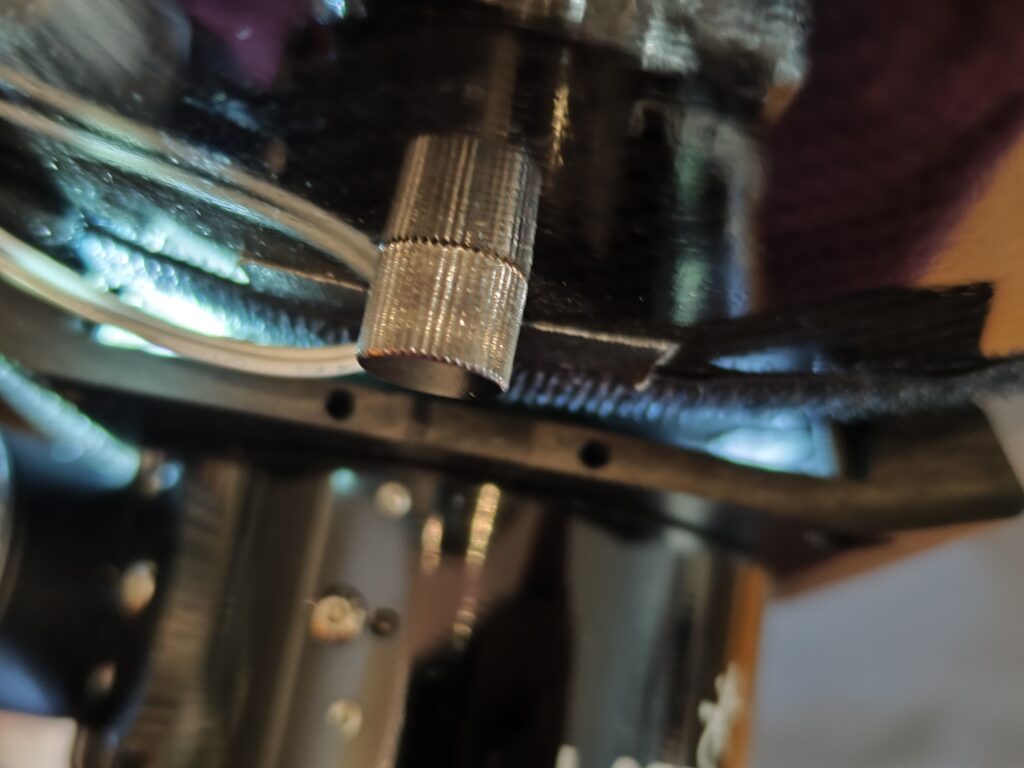
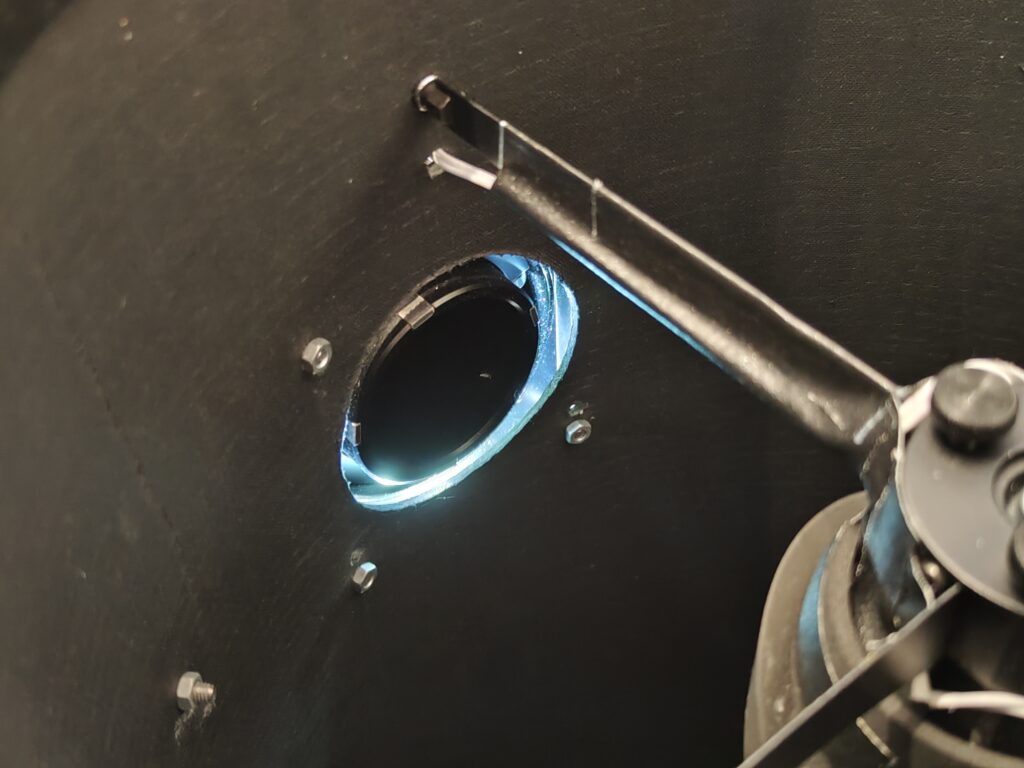
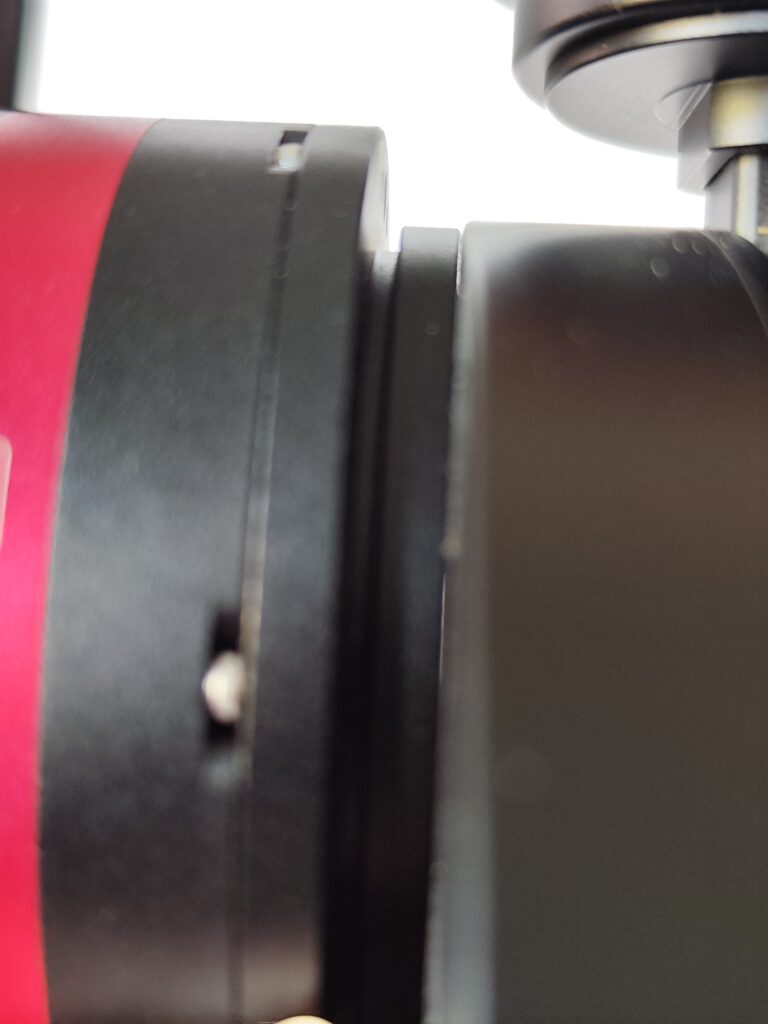
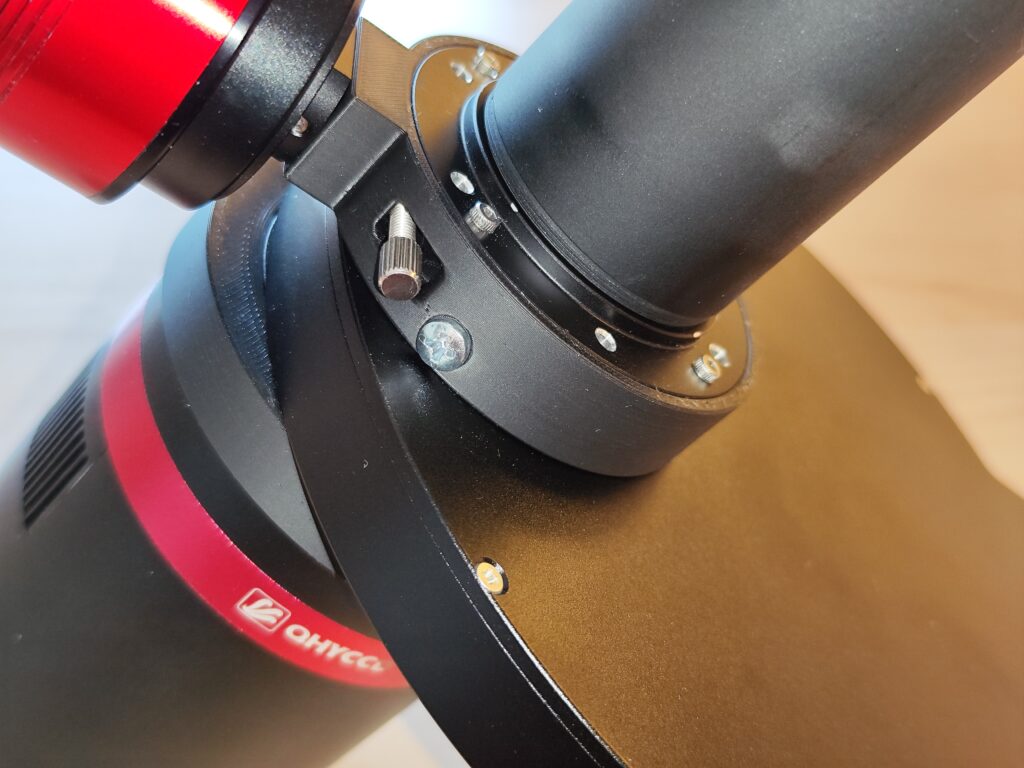
So in all the past 3 years using this setup, my only chance to create acceptable images was to reduce as much of the gradients as possible in post processing. To accomplish this I had to set several hundred calibration points for background elimination in Pixinsight (loosing any chance to process weak background nebulosity or the like). This was a tedious work, as all calibration points had to be set manually (you may not have any stars or parts of nebulosity, a galaxy within the calibration point rectangle). And still there remained some residue if the gradients. So the results were not of the quality I strived for.
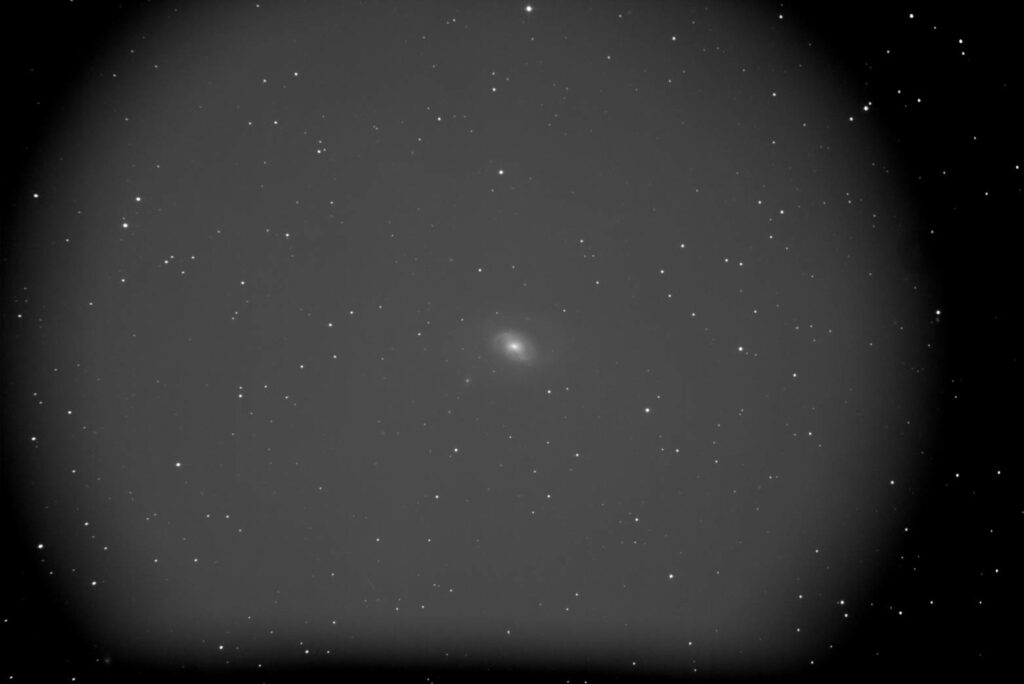
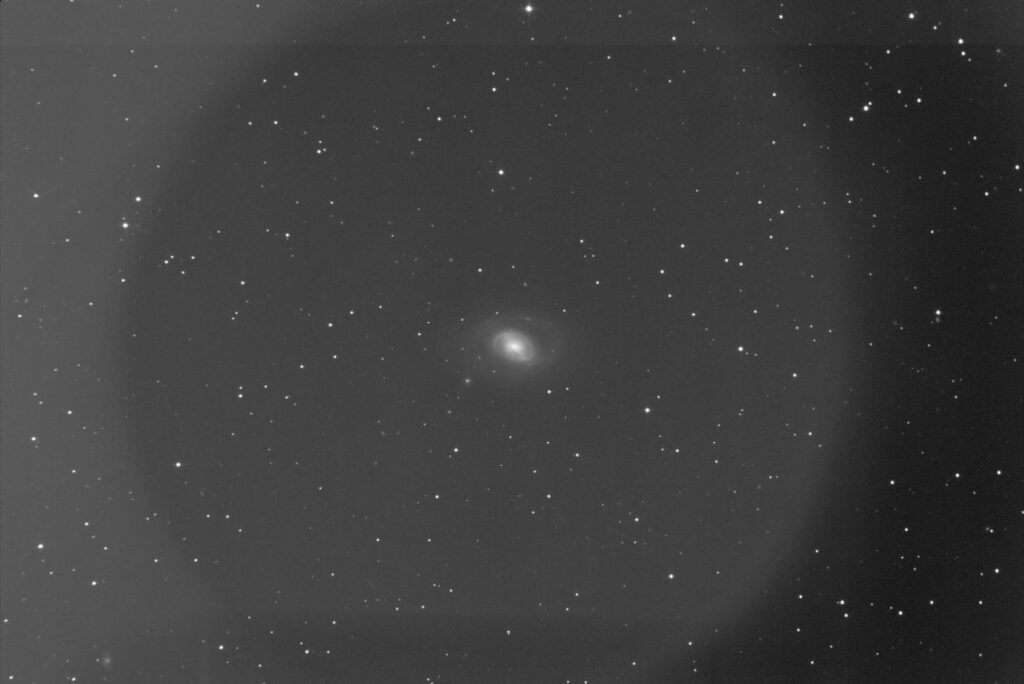
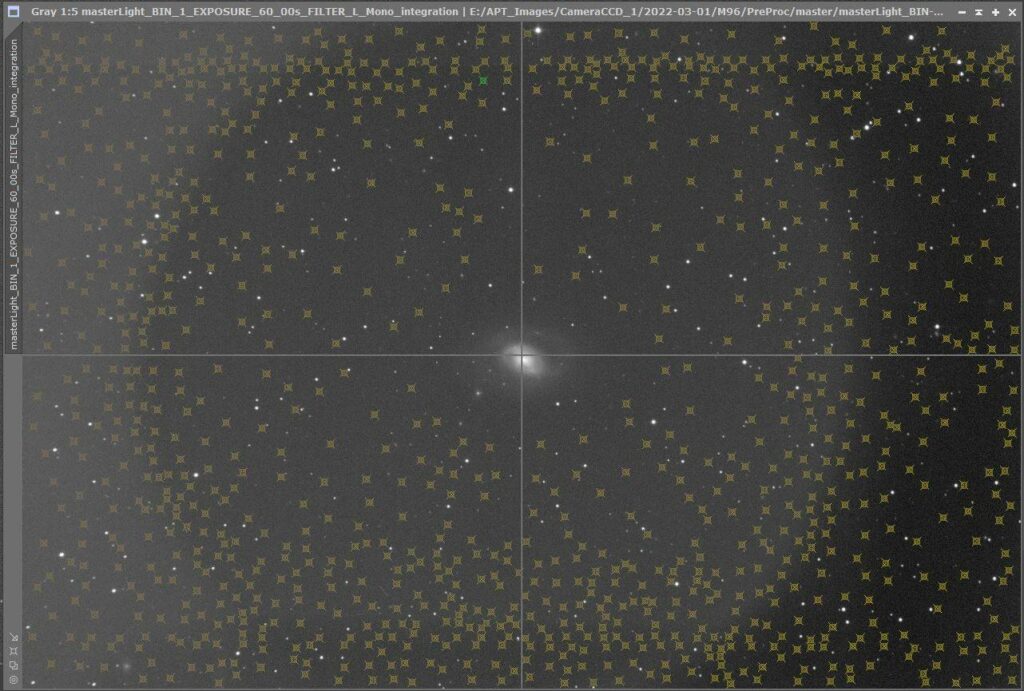
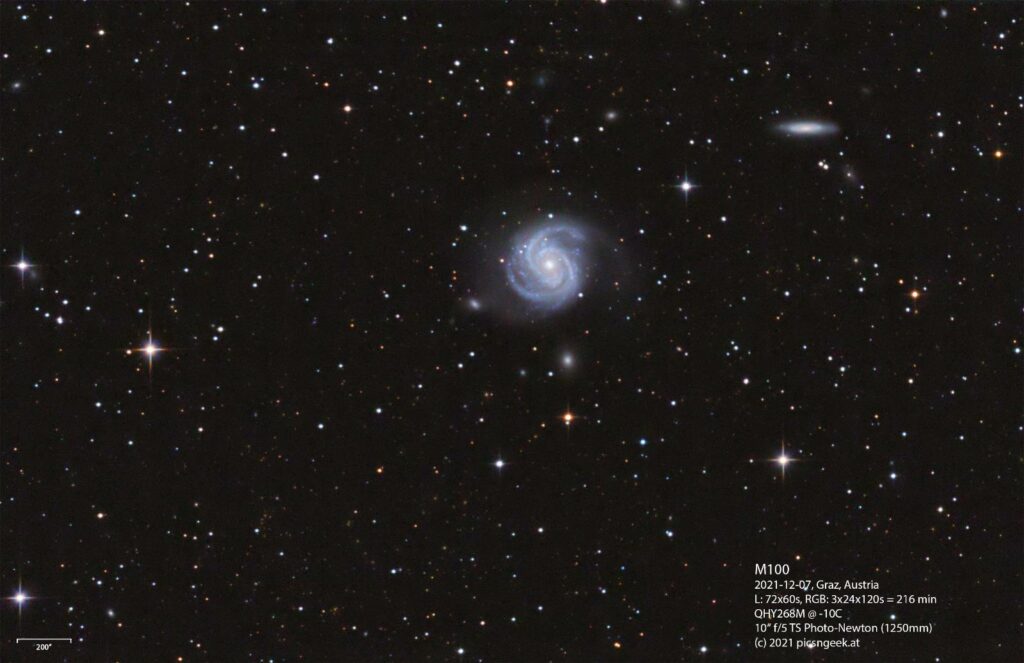
Finally, I technically analyzed my scope and imaging train to check for defects like vignetting. I could not find anything, causing such a pattern. So I concluded, the only culprit possible could be the coma corrector.
History:
After several years using an economic GSO corrector, where stars have never been perfectly small and round in my setup, I switched to the Gyulai Pal designed TS-GPU corrector. Images have been really nice. But back then, I used a camera with an IMX183 sensor (15.8mm diagonal). A bit later, I switched to the IMX571 sensor, which has a significantly larger active area with a 28.3mm diagonal. Initially, I could capture images, which calibrated well. Though at this time, the street lights were far less bright and not LED based. So the filters could get rid of the stray light and light pollution. Now, with the close to 4x stronger LED street lights, everything changed.
As I (hopefully) closed all the gaps where light may enter, the front of my telescope should be the only place where light should enter my imaging train. Even with a dew shield it might be possible that light may shine to the front element of the TS-GPU corrector. Either direct or by reflection of the inside wall of the dew shield (which is not the deepest and blackest black possible), the corrector may pick up some stray light. To rule this possibility out, I attached a 10mm extension tube to the front of the corrector.
But unfortunately, there was no change in resulting images.
I could borrow 2 types of coma corrector from astronomy club fellows to test my assumption. So to test, I have one of each corrector: my TS-GPU, a Baader MPCC III and a TeleVue Paracorr. During the last weeks I captured M16 with all 3 coma correctors in L(RGB) and H-alpha from my home with the identical setup.
After calibration and stacking, I applied a background neutralization with only 8-10 calibration points to remove the large scale gradients from light pollution. Then I simply stretched the histogram of the images with automatic screen transfer function in Pixinsight and placed the 3 images of each filter set side by side for comparison. Well – I think, there is not much to say. Only the GPU coma corrector leads to the image defects.


Observations:
- the TS-GPU corrector is with 10cm quite long.
- the focus position of the TS-GPU corrector lies just a few millimeters above the inner limit of my focuser
- the TS-GPU corrector protrudes in the tube by 2.5cm (1 inch)
- both of the other correctors (TeleVue and Baader) require the focuser at the outside limit or even beyond (using extension tubes).
- the TeleVue Paracorr is 7cm long- the Baader MPCC measures less than 3cm- At focus, the Baader and TeleVue have their front lens element way inside the focuser tube. Therefore, no stray light may enter the corrector
Conclusion:
In light polluted skies, especially with nearby (street)lights, which possibly shine in the telescope, you have to be extra careful. Any stray light may cause severe trouble in astro photography. Locating the light leaks may get intensive and very time consuming. But it is well worth it to spend the time. Your efforts will pay off in post processing and final image results!If you suffer from effects comparable to mine, you should not only hunt down the obvious light leaks (using a strong flash light or even sunlight). You should also check each and every optical component, if at some point stray light may enter your optical train. Try to close gaps and holes and shield your system as good as possible!
ISS Transit in front of the sun
On Sunday, May 1st, I was lucky to have the ISS transit the sun only a few kilometers away. Weather played with my plans as well. So i packed my solar scope and drove to a place right in the center of the transit line.
The transit itself is a very brief event. This particular one lasted for less than 2 seconds. So everything hat to be well set up before the clock reached 08:24:22 CEST.
This image is a combination of 15 individual images captured in 1.02 seconds. The solar surface was further enhanced by a stack of 880 frames adjacent to the transit itself.
M90 Galaxy
This is my first image of Messier 90. It is not yet as good as I would like it to be. Which is due to bad weather preventing further imaging. As the moon is already too bright, I will have to postpone further imaging at least to the next new-moon phase.
Nevertheless, this image shows already a beautiful spiral galaxy with its companion.
Image data:
Date: 2021-04-15 – 2021-04-16
Location: Graz, Austria
Telescope: 10″ f/5 Newtonian with GPU corrector (1250mm focal length)
Camera: QHY183M @ -20C
Filters: Optolong RGB + Baader UV-IR-Cut
Guiding: MGEN-II with off-axis guider
Exposures:
UV-IR-Cut: 45x120s, Gain 0, Offset 15
R 30x120s, G 25x120s, B 23x120s, Gain 10, Offset 15
NGC 3628 – Galaxy in Leo Triplet
This is the third and dimmest galaxy of the Leo Triplet. The other two galaxies M65 and M66 are quite close, but did not fit in the image. They seem to be not only close in our view. The three galaxies might interact in gravitational forces.
The dust band in front of the edge on view of the galaxy render it a very interesting and beautiful deep sky target.
Image data:
Date: 2021-04-04 – 2021-04-08
Location: Graz, Austria
Telescope: 10″ f/5 Newtonian with GPU corrector (1250mm focal length)
Camera: QHY183M @ -20C
Filters: Optolong RGB + Baader UV-IR-Cut
Guiding: MGEN-II with off-axis guider
Exposures:
UV-IR-Cut: 60x120s, Gain 0, Offset 15
R, G, B: 30x120s, Gain 10, Offset 15
M104 – The Sombrero Galaxy
M104 is one of the deep sky objects, I could capture during the past week of clear nights. M104 is a rather difficult target for my balcony imaging, as it stays quite low. So the influence of the air movements cauesed by the city, I am looking over, is significantly increasing stars and reducing detail in the galaxy.
Apart from detail level – this 4 hours worth of imaging goes deep enough to clearly show at least 4 small and faint galaxies around M104. The faintest being at 17.9mag.
Image data:
Date: 2021-04-04 – 2021-04-08
Location: Graz, Austria
Telescope: 10″ f/5 Newtonian with GPU corrector (1250mm focal length)
Camera: QHY183M @ -20C
Filters: Optolong RGB + Baader UV-IR-Cut
Guiding: MGEN-II with off-axis guider
Exposures:
UV-IR-Cut: 58x120s, Gain 0, Offset 15
R, G, B: 20x120s, Gain 10, Offset 15
